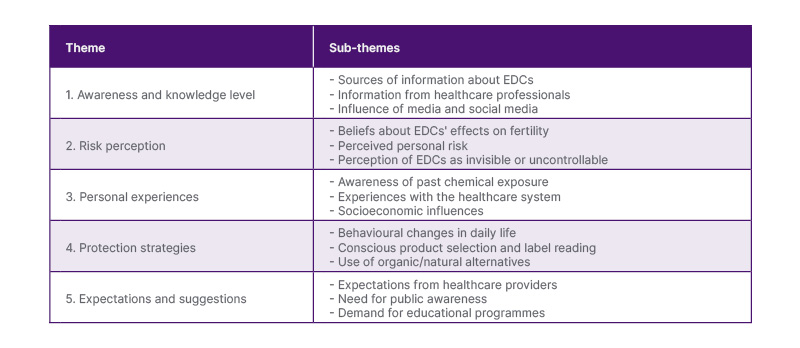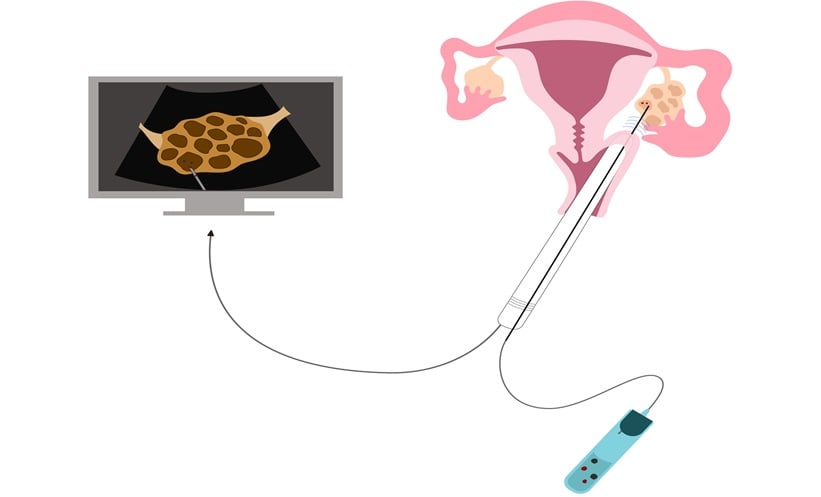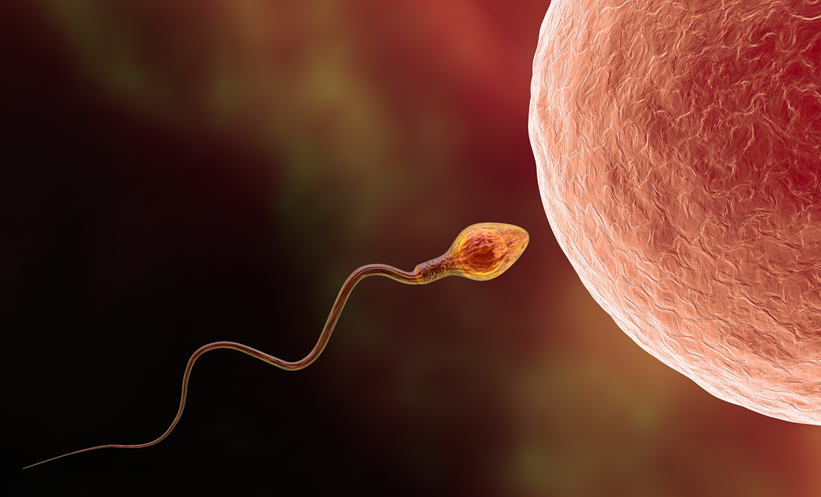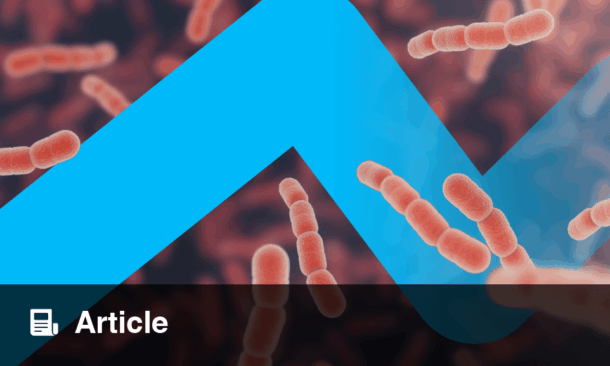BACKGROUND
Infertility, defined as failure to conceive after 12 months of unprotected intercourse, affects an estimated 48.5 million couples globally, with environmental factors increasingly recognised as critical contributors. Genetic and behavioural factors can cause female infertility, with environmental and lifestyle factors likely to play a more significant role in increasing infertility.1 Among these, endocrine-disrupting chemicals (EDC), such as bisphenol A, phthalates, per- and polyfluoroalkyl substances, parabens, and pesticides, are particularly concerning due to their hormonally active properties and ubiquity in daily-use products.2
EDCs may affect male fertility on multiple levels, ranging from impairments in sperm production and quality, to alterations in the morphology and histology of the male reproductive system. It has been suggested that EDC exposure can lead to decreased sperm motility, concentration, volume, and normal morphology, as well as increased sperm DNA damage.3
Epidemiological evidence post-2020 links elevated bisphenol A levels in females undergoing assisted reproduction (IVF) with reduced oocyte yield and fertilisation rates, implantation failures, and increased polycystic ovary syndrome and endometriosis risk.4
EDCs, a class of exogenous chemicals, disrupt the natural hormone synthesis and metabolic processes in organisms, triggering a cascade of adverse outcomes, as well as impacting embryogenesis and fetal development. The ubiquity of human exposure to these environmental pollutants is a pressing concern, occurring through ingestion, inhalation, or dermal absorption.5,6
For all these reasons, females, especially those who are infertile, should stay away from EDCs in order to avoid more reproductive health problems. It is also important to determine females’ awareness, risk perceptions, and protective behaviours on this issue. This study provides important information to increase the awareness of females who are infertile about chemical endocrine disruptors. In addition, it is thought that the strategies suggested by females to protect themselves from endocrine disruptors will be useful in protecting reproductive health. The aim of this study is to explore the awareness, risk perceptions, experiences, and protection strategies of females with infertility problems regarding EDCs.7
MATERIALS AND METHODS
This study was designed as a qualitative and descriptive research. Data collection was conducted between 22 July 2023–27 October 2024 at a tertiary research and training hospital located in the Central Anatolia region of Türkiye. The study sample consisted of 16 young females with primary infertility who had been under follow-up for at least 3 years, were between 30–35 years of age, and were not undergoing active infertility treatment at the time of data collection.
Data were collected through an in-depth interview using a demographic information form and a semi-structured interview form, as well as a descriptive information form designed by the researcher following the literature. In developing data collection tools, feedback was obtained from four additional researchers. The semi-structured interview form consisted of a series of open-ended questions prepared by researchers by reviewing the literature, to help participants explore their experiences and perceptions.
The voice recordings and notes taken during the interviews were combined and read to produce a single report. This report was subjected to content analysis according to Colaizzi’s descriptive qualitative method.8 In the first step of the analysis, the report was read multiple times to reveal patterns. Using MAXQDA, researchers coded similar patterns containing the same keywords, metaphors, or transitions, then categorised all codes. Each of the two authors independently analysed the data and created separate codes. Subsequently, the authors combined the codes and reached a consensus. In case of disagreement, the two authors jointly revised the reports. Finally, all codes were reviewed and summarised, and themes and sub-themes were identified.
RESULTS
The participants were between the ages of 30–35 years, most of them had a Bachelor’s degree or higher, their income was medium, and their infertility period was 3–8 years. The study found five main themes and 15 sub-themes (Table 1).

Table 1: Themes and sub-themes on females’ experiences with endocrine disrupting chemicals.
EDC: endocrine-disrupting chemical.
Most of the participants were unaware of EDCs and had never heard of them before, but they had some guesses. They agreed that it had the potential to be very dangerous for their reproductive health and were concerned about this situation for both their previous health problems and the new generation. They requested more information from health authorities and the Ministry of Health. Various risk reduction strategies were suggested by the participants, such as educating themselves about the issues, changing aspects of their consumerism, or completely avoiding the risks. Participants suggested that they could reduce their exposure to chemicals in plastics by using reusable shopping bags, metal straws, and cardboard. A suggestion was made to switch to organic, local products and shop at farmers’ markets instead of large supermarkets.
CONCLUSION
This thematic framework highlights the complex and interrelated factors influencing how females with infertility problems perceive, experience, and respond to the risks posed by EDCs, underscoring the need for targeted education, accessible preventive strategies, and more responsive healthcare practices.







